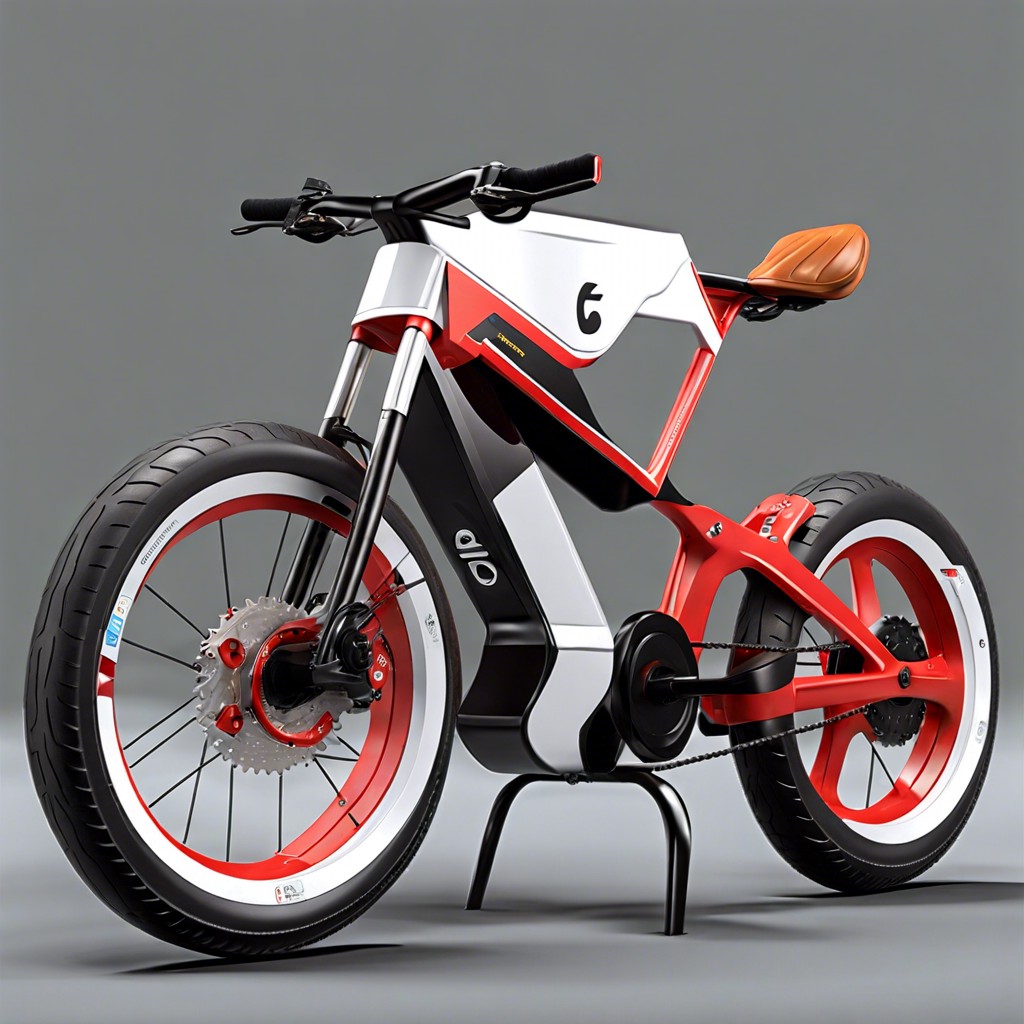Learn efficient strategies and practical tips for selling your bike quickly and at a fair price.
Key takeaways:
- Research market value thoroughly before listing.
- Clean, repair, and present bike attractively for buyers.
- Choose platform wisely based on your selling goals.
- Craft detailed listing with quality photos and fair pricing.
- Ensure safe, transparent transaction for a successful sale.
Determine Your Bike’s Value

Start by researching the current market. Check websites like eBay, Craigslist, and local cycling forums to see what similar bikes are selling for. Pay attention to the condition and age of the bikes you compare with yours.
Consider the brand and model. High-end brands or rare models can fetch a better price. Brand reputation plays a significant role in valuation.
Factor in upgrades and accessories. If you’ve added high-quality parts or extras like lights or fenders, they can boost the value.
Assess the bike’s condition. A well-maintained, clean bike will always attract more buyers and a higher price. Be honest with yourself about wear and tear.
Lastly, think about timing. Selling in the spring or summer when more people are looking to ride can positively impact your sale price.
Prepare Your Bike for Sale
First impressions matter. Start by giving your bike a good clean. A sparkling bike signals to potential buyers that it’s been well-maintained. Check for any minor repairs that might need doing—tightening bolts, replacing worn-out brake pads, or fixing a flat tire. These small fixes can make a big difference.
Next, inspect the tires and oil the chain. These straightforward tasks can significantly boost your bike’s appeal. Nobody likes a creaky chain or worn-out tires. Make sure everything works as it should, including the gears and brakes.
If you still have the original paperwork, dig it up. Receipts and manuals can put potential buyers at ease and might even bump up your asking price. Taking clear, well-lit photos can also make your bike stand out online. Capture different angles and highlight any special features.
Finally, be honest about your bike’s condition. Transparency fosters trust and makes the selling process smoother.
Choose the Right Platform
Selling your bike begins with picking a suitable platform. Platforms vary widely, depending on what you’re aiming for – speed or profit.
Consider online marketplaces like eBay or Craigslist. These platforms offer vast audiences, which can be helpful for a quick sale. However, be prepared to handle haggling and lowball offers.
Bike-specific websites like Pinkbike or BikeExchange can attract more serious buyers who understand bike values. It’s also a great way to avoid explaining every little detail to a novice.
Social media groups dedicated to biking can be surprisingly effective. Facebook Marketplace or even specialized community groups often have enthusiastic members looking for deals.
Local bike shops sometimes offer consignment options. While you might get a slightly lower price, it’s hassle-free. Plus, having experts vouch for your bike can be a significant trust booster for prospective buyers.
Ultimately, choose a platform matching your goal – fast cash or top dollar.
Create a Compelling Listing
Start with clear, high-quality photos. People want to see what they’re buying, so pictures from different angles work wonders. Clean your bike and snap shots in good lighting.
Write a precise, honest description. Mention the make, model, year, and any upgrades or recent maintenance. If there are minor scratches or wear, say so. Transparency builds trust.
Set a fair price. Research similar listings in your area to get an idea of market value. Pricing too high can deter buyers, too low might make them suspicious.
Highlight the benefits. Point out any unique features or selling points. Is it lightweight? Does it have a comfy saddle? These little details can tip the scale.
Include contact information. Make it easy for buyers to reach you. Offering multiple contact methods, like email and phone, ensures no missed connections.
Handle the Transaction
When you have a buyer interested, communication is key. Maintain clear and prompt replies. Discuss payment methods beforehand to avoid surprises. Cash is often best for in-person deals, but consider online transfer options for distant buyers.
Set a safe, public meeting spot for the exchange. Bring a friend along for extra security. Ensure the buyer gets a chance to inspect the bike one final time.
Provide a simple receipt. This is useful if any disputes arise later. You can find templates online, or just handwrite one with both parties’ details and signatures.
Once the deal is done, remember to remove any personal info or accessories you want to keep. A smooth transaction leaves both sides satisfied.